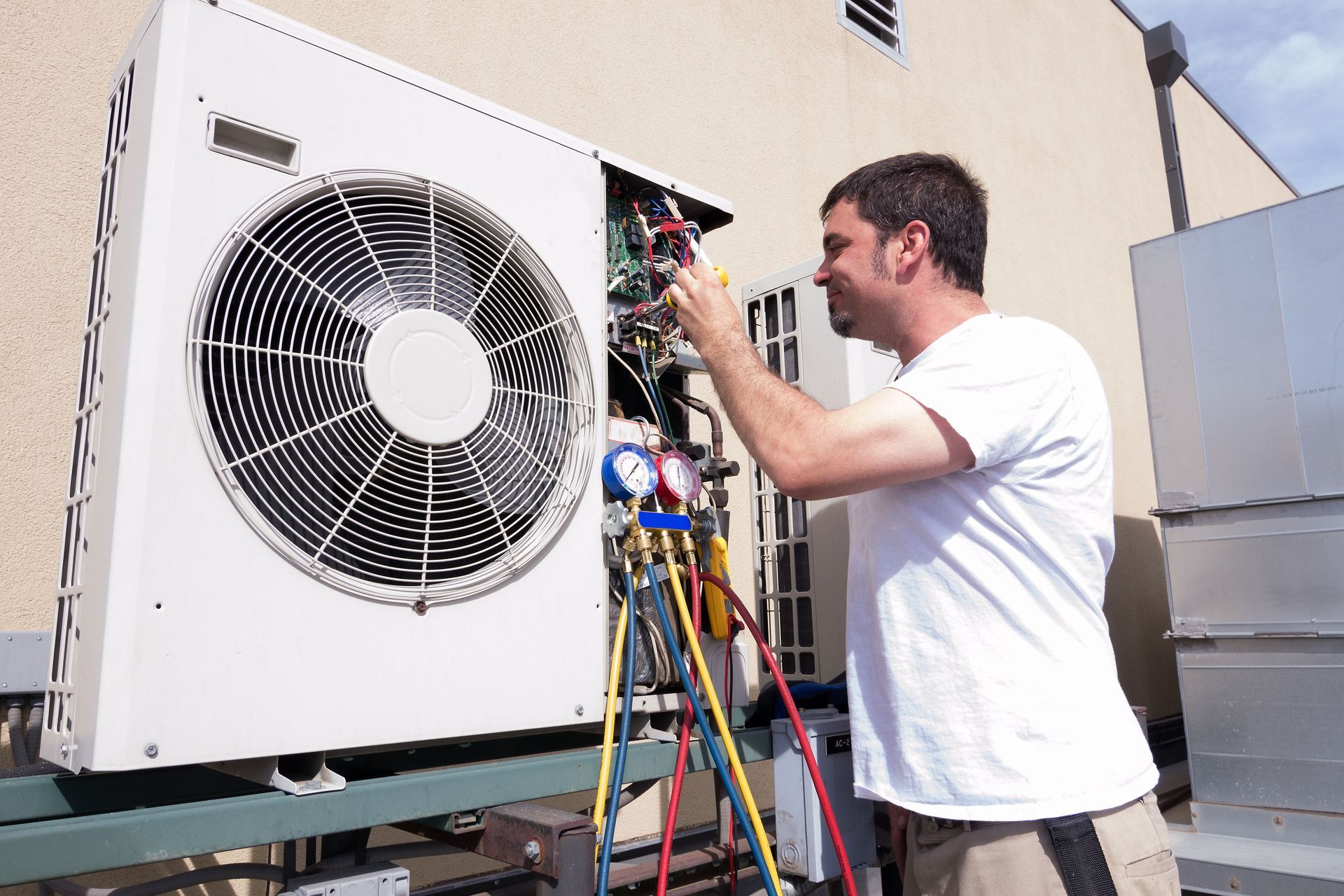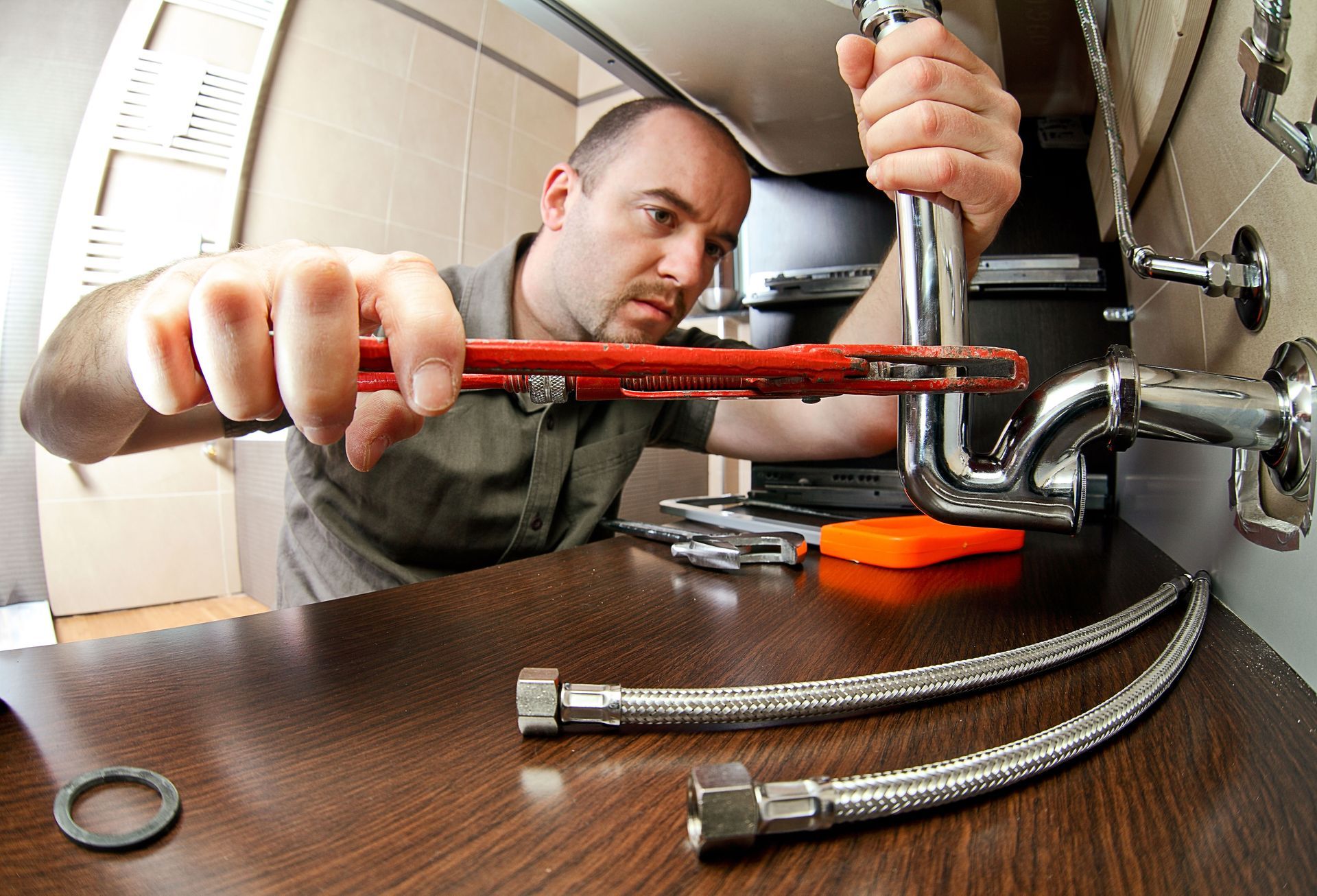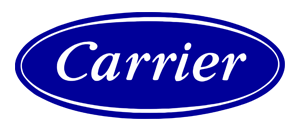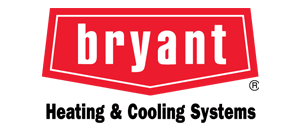August 21, 2025
Selecting the right commercial HVAC system for a property is far more than a routine purchase—it’s a strategic decision with long-term implications for your building’s operational efficiency, occupant satisfaction, and overall financial performance. The choice you make will influence not only monthly utility bills but also maintenance requirements, system lifespan, and even the productivity of the people who use the space. Keep reading, and you’ll be equipped to select a commercial HVAC solution that delivers maximum comfort, efficiency, and value for years to come.
Understanding the Needs of Your Commercial Space
Assessing Square Footage and Layout
An integral part of selecting a commercial HVAC system is accurately assessing the square footage of your commercial space. A larger square footage generally necessitates a more powerful system to ensure uniform temperature distribution. The layout, including barriers such as walls and partitions, affects airflow and must be analyzed when determining HVAC needs. High ceilings also play a crucial role, as taller spaces may require additional heating and cooling capacity. Understanding your space ensures the system chosen is neither overpowered nor underpowered, avoiding unnecessary costs and inefficiencies.
Proper HVAC system sizing based on square footage is crucial for energy efficiency and comfort. Oversized systems can lead to short cycling, increased humidity, and higher energy bills, while undersized units may not adequately heat or cool the space. The relationship between the commercial HVAC system's capacity and your space's size is pivotal for achieving optimal performance. Expert assessments can provide guidance in choosing the right capacity for your unique requirements, completing the foundation of a best-fit HVAC solution. This not only saves costs but extends system lifespan, which, according to Forbes, can range from 15 to 25 years for the best systems.
Considering Occupancy Levels
The number of people inhabiting a space impacts HVAC system requirements significantly. Higher occupancy levels contribute to more heat generation, altering the temperature dynamics within the building. Systems must be robust enough to maintain comfortable conditions during peak occupancy. It is essential to evaluate patterns in occupancy to tailor your commercial HVAC choices accordingly. Designing for fluctuating occupancy will also contribute to more comprehensive energy savings and enhanced occupant comfort.
Understanding the occupancy patterns within your space informs decisions about HVAC size and design. Commercial properties such as offices and retail outlets often experience variable occupancy levels throughout the day. Adjusting HVAC settings to correspond with peak and off-peak occupancy can greatly enhance system efficiency. Integrating scheduling mechanisms or smart controls to adjust to these patterns helps optimize system usage and reduce costs. Efficient management of occupancy-related demands can extend HVAC lifespan and ensure it operates within its optimal capacity.
Analyzing the Building’s Design and Structure
The architectural design and structure of a building significantly affect its HVAC requirements. Complex designs with multiple levels may require sophisticated zoning solutions to ensure that each area receives adequate climate control. Key structural elements like windows and doors influence heat exchange, necessitating tailored commercial HVAC solutions. Energy-efficient building designs often incorporate passive solar heating or highly insulated elements that can reduce HVAC load. Understanding these aspects is crucial when selecting a commercial HVAC system that complements the building’s inherent characteristics.
The materials used in the building structure also impact heating and cooling needs. For instance, buildings with high thermal mass materials can naturally moderate daily temperature swings. This can reduce HVAC demand significantly, influencing system selection and energy savings. On the other hand, buildings with lightweight structures may require more smoothed temperature regulation due to rapid environmental changes. Considering these nuances will ensure your commercial HVAC solution is as efficient and cost-effective as possible.
Types of HVAC Systems for Commercial Use
Single Split Systems
Single split systems are a cost-effective solution for smaller commercial spaces or individual rooms needing tailored climate control. Comprising an indoor coil or evaporator and an outdoor condenser unit, these systems offer precise control and flexibility for expansion. Each unit functions independently, allowing for modified settings to meet specific needs without affecting other areas. Single split systems are easy to install and can provide heating and cooling as needed. They are a popular choice for smaller offices, retail shops, and restaurants due to their energy efficiency and ease of use.
In spaces where multiple areas require a specific climate setting, single split systems provide a convenient and scalable solution. These systems allow compartmentalization without requiring extensive ductwork, which can reduce installation costs and complexities. The flexibility to customize each unit's settings enables energy savings and improved comfort. Since single split systems can be independently controlled, they reduce issues related to overcooling or overheating redundant spaces. Moreover, these systems support quiet operation, ensuring they do not disrupt daily activities in commercial environments.
Multi-Split Systems
Multi-split systems offer an effective solution for larger commercial spaces by allowing multiple indoor units to connect to one outdoor unit. This configuration supports various room setups and the precise temperature regulation of different areas. Ideal for medium to large spaces with diverse climate needs, multi-split systems provide energy efficiency and use less space outdoors than multiple single splits. This system can meet complex cooling and heating requirements without extensive or intrusive ductwork. Businesses benefit from reduced environmental impact, as these systems use advanced compressor technology to minimize energy usage.
Due to their versatility, multi-split systems are often used in buildings with specific areas requiring varied temperatures, such as offices and hotels. Advanced models incorporate digital inverter compressors, increasing efficiency by adjusting output based on demand. Multi-split systems generally allow greater aesthetic flexibility and positioning of indoor units compared to their single counterparts. Despite their efficiency and flexibility, these systems might require more effort and planning for installation and compatibility checks. Careful assessment and professional design consultation ensure optimal performance and seamless integration within the building's existing structure.
Variable Refrigerant Flow (VRF) Systems
Variable Refrigerant Flow (VRF) systems are the forefront of HVAC technology, offering precise climate control for larger and complex commercial properties. VRF systems modulate refrigerant flow in response to changing load conditions throughout the linked indoor units, ensuring optimal efficiency. This flexibility allows simultaneous heating and cooling of different areas, making them ideal for environments with diverse usage demands. In addition, VRF systems have lower installation costs compared to traditional systems due to reduced ductwork and streamlined piping. Their energy-saving capabilities and adaptability render them a preferred choice for large offices, hotels, and mixed-use developments.
The operational efficiency of VRF systems is achieved through the use of variable-speed compressors that adjust output based on the exact requirements of each area. This dynamic approach reduces energy consumption and noise levels while enhancing occupant comfort. In commercial applications where sustainability and eco-friendliness are crucial, VRF systems stand out for their minimal environmental impact. Despite their higher initial investment, VRF systems often deliver long-term savings through reduced operational and maintenance costs. Their advanced technology aligns with smart building management systems, offering integrated control across other energy systems.
Selecting the right commercial HVAC system is not just a matter of comfort—it’s a strategic investment in your property’s efficiency, longevity, and operational costs. By thoroughly assessing factors such as square footage, occupancy patterns, building design, and system type, business owners can make informed choices that balance performance with budget. Partnering with knowledgeable commercial HVAC professionals ensures you get a system tailored to your unique needs. Come to E.D.S. Mechanical Inc today to get one that delivers comfort, saves energy, and supports your business for years to come.













